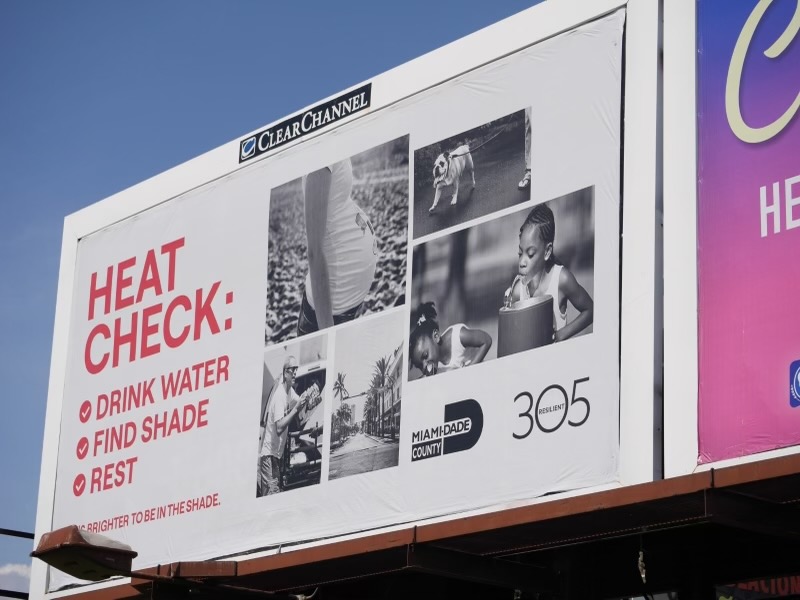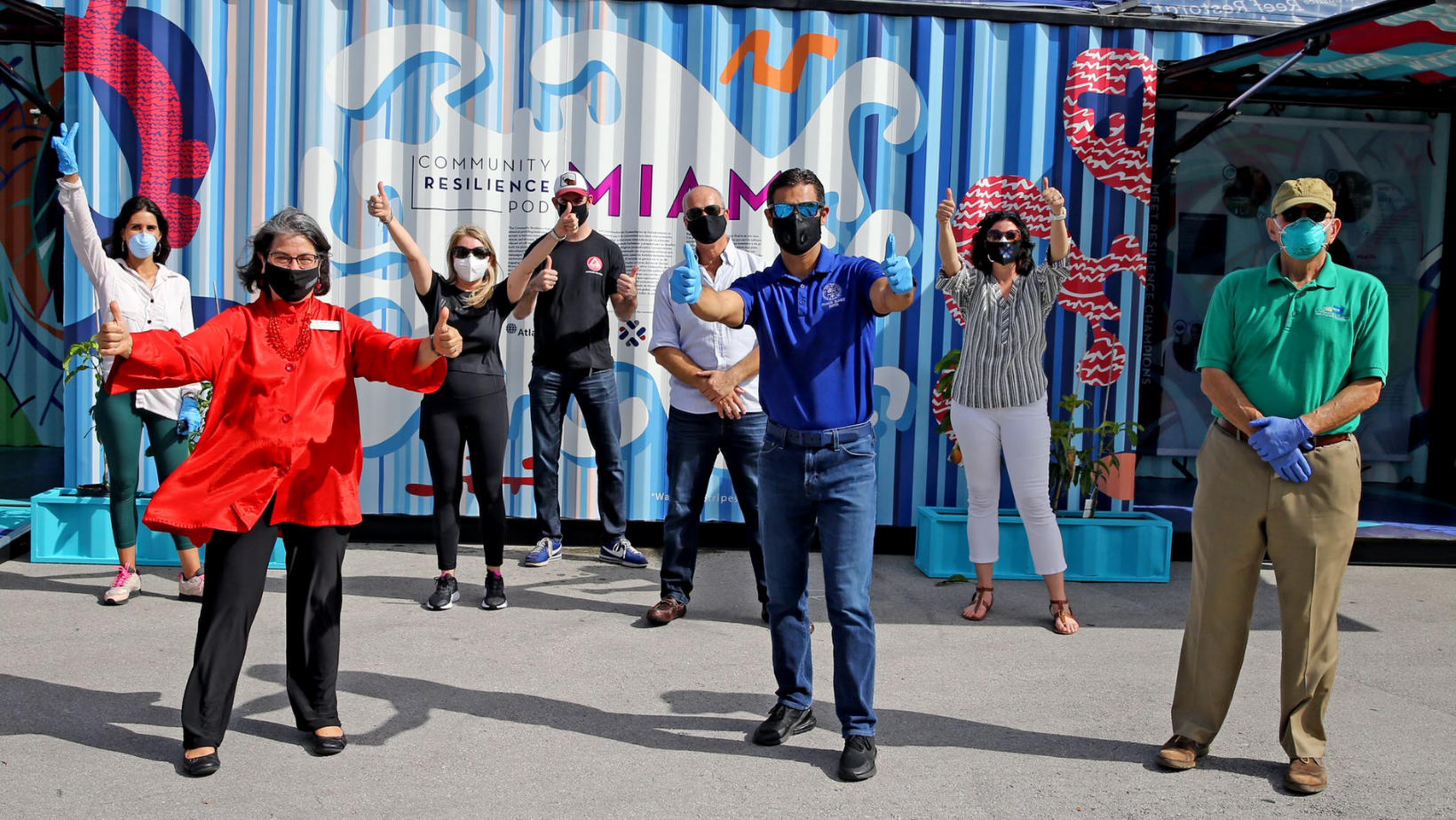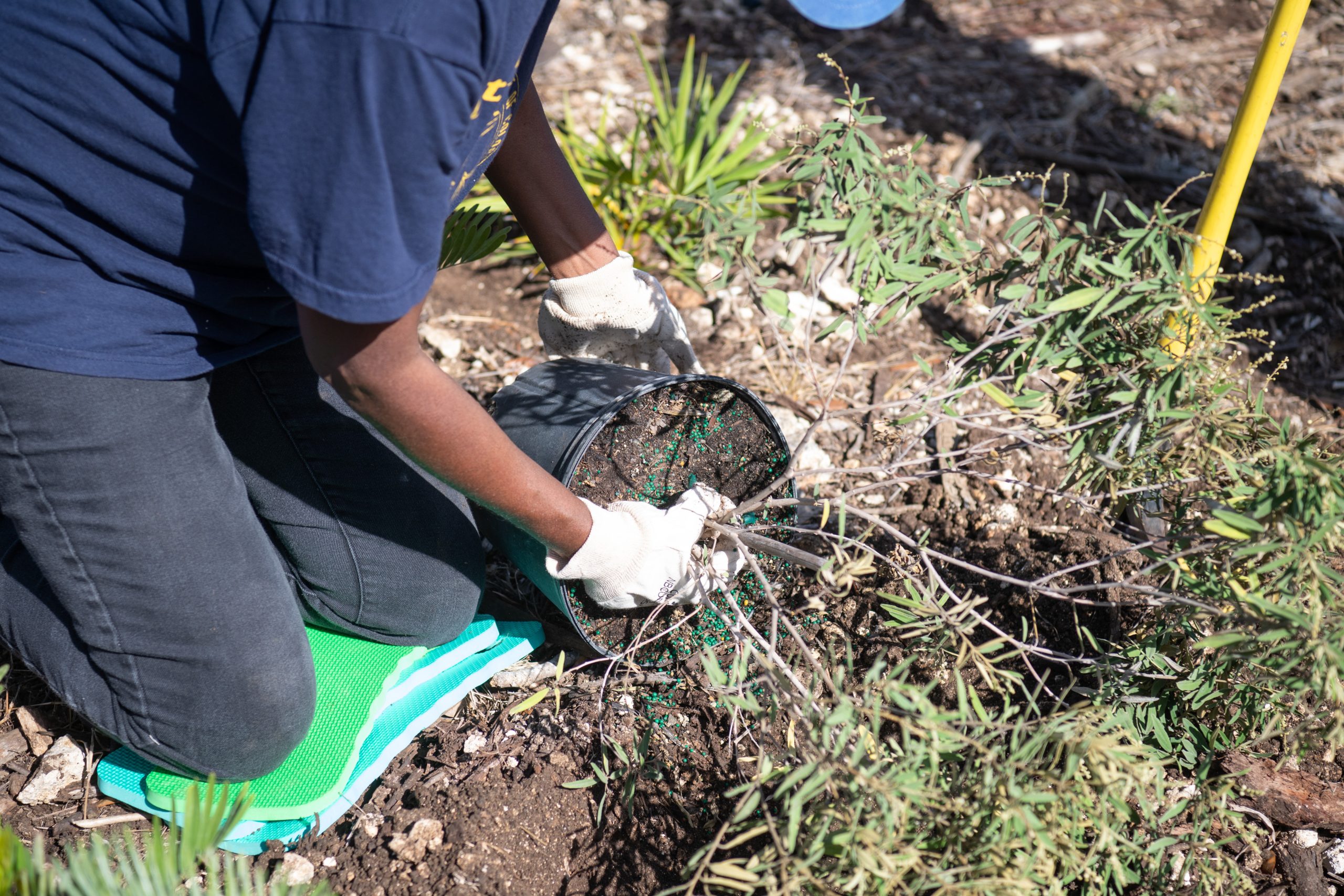Keeping cool in Miami-Dade
The impact of the Resilience Pod and Hub strategy
By Kathleen Euler Tue, Jan 7, 2025
Want to know what a community resilience network is? You probably already do.
Communities worldwide have their own unofficial resilience networks: “third places.” These are spaces outside of home and work where people can gather. From community centers to parks, they are a welcome shelter for community members.
However, they are often disconnected from existing resources and solutions—especially climate resilience efforts. In Miami, this is an increasingly worrisome challenge. Over the past five decades, the average number of days with temperatures over 90 degrees Fahrenheit has increased to over one hundred days each year.
Historically, hubs have prepared people for hurricanes. Now, however, the county is working to adapt facilities for other climate hazards—especially heat waves.
Unpacking the strategy
Resilience hubs are physical locations that can serve residents year-round and in the event of a climate disaster. Effective hubs must do more than just safely house resources and community members. They must also be trusted and accessible sites.
In Miami-Dade County, this was a primary concern at the start of the initiative. “We had to find that road to trust,” explains Sarah Marrs of Jacobs, the team that helped develop the strategy.
In collaboration with the Climate Resilience Center, the county, and Resilient 305, her team worked to identify willing and trusted community spaces. The team worked with the local community to ensure the locations would be not just physically but also socially serve as a hub. In some neighborhoods, government buildings were deemed as the ideal third space. In others, churches or community centers emerged as the clear option.
Even within a community, no two hubs will ever be exactly alike. As the strategy evolved, it was clear that this guidance could turn into something bigger. While the Resilience Hub Network Strategy started in Miami-Dade County, it can also inform other communities on the best practices and processes for launching their own networks.
The website and guidebook offer insight into the best ways to identify spaces, connect with leaders, engage local communities, and retrofit existing spaces to serve as resilience hubs. Essentially, the hub strategy helps local leaders understand how to address the needs and vulnerabilities of each community they serve.
Expanding horizons: The story of Miami’s mobile Resilience Pod
In some communities, it may prove too costly to establish or retrofit a space to serve as a community hub. However, there are ways to work around that. One example is the Community Resilience Pod.
The Resilience Pod was first deployed in 2020 under the leadership of the Climate Resilience Center and Miami-Dade County. Almost immediately, what set the pod apart was its mobility. Most hubs are permanent, physical structures. However, this hub could move, better serving harder-hit neighborhoods in the aftermath of a disaster.
Built in a recycled shipping container, the pod is one of the first mobile examples of climate resilience in action. It was first deployed to distribute food during the height of the COVID-19 pandemic. It participated in major food drives and hospital service days, benefiting thousands of Miami-Dade County residents. Residents received fruit trees and vegetable kits with accompanying information on the importance of sustainable food sources.
As the pandemic slowed and regulations were lifted, the pod adapted. It focused more specifically on climate resilience, sharing the resources and knowledge people needed to prepare for and respond to climate impacts.
The pod is an example of how the county-wide resilience network strategy can be adapted to local needs. To date, it has distributed over 150,000 trees, vegetable seeds or seedlings to over 400,000 residents, advancing nature-based solutions while reducing food insecurity.
From the project’s inception, the pod and hubs were integrated into local processes and departments. That’s why—four years after its launch—the pod was successfully transitioned to local ownership.
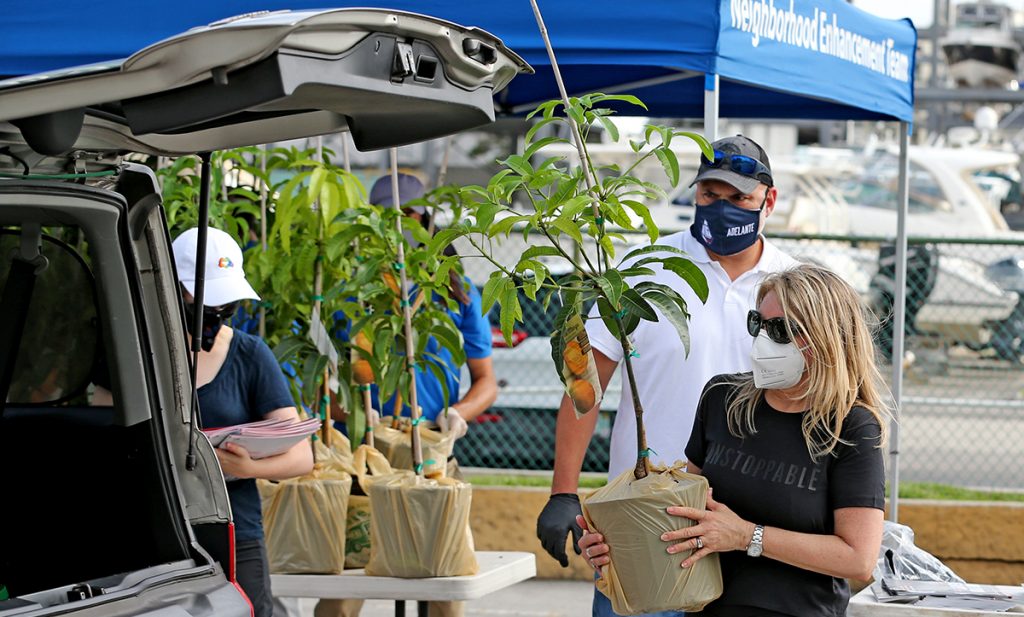
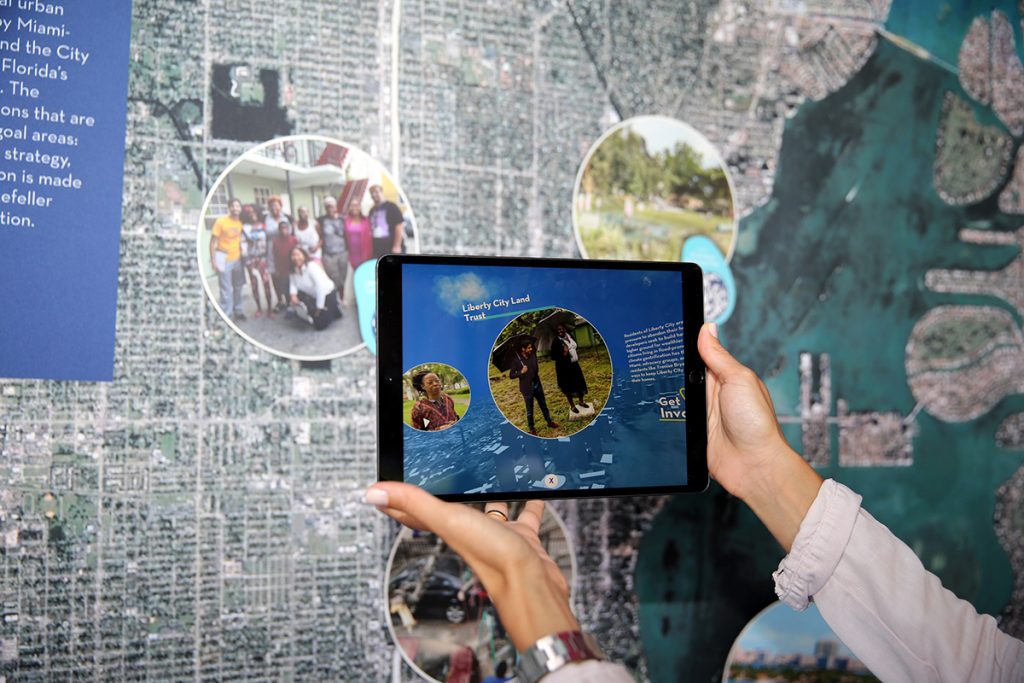
The future of the Resilience Pod
In September 2024, Ripples of Impact assumed ownership of the pod. It is a Miami-based organization dedicated to building individual and community resilience.
“I first saw the pod in my local park,” said Miren Oca, founder and CEO of Ripples of Impact. She stumbled upon one of the pod’s many public events. Immediately, she saw the synergies between her work and that of the Pod. Ripples of Impact provides education on life skills such as community gardening, financial literacy, leadership, and swimming. The latter is a particularly critical skill in South Florida, with its abundant swimming pools, canals, and beaches. “It’s all about tying together social and environmental responsibility,” Oca explains.
The pod’s mission to strengthen environmental resilience through climate change education has been steadfast since its inception. “The pod has made a place for itself in this community. At first, it was a beacon of resources during the pandemic. Four years later, it has reached hundreds of thousands of residents with resilience solutions to the impacts of climate change,” explains Sarah Straka, who has run the pod’s operations since its start.
As managers of the pod, Ripples of Impact is now bridging its work in personal resilience with broader efforts to help communities adapt to climate change through the use of the Resilience Pod. “When we teach people to swim, we’re also allowing them to appreciate the natural beauty. They can experience the beaches in a new way. But now, we’re also teaching them how to protect these same beaches—and themselves—when climate disasters happen,” says Miren Oca.”
What’s next?
The pod is a powerful example of resilience because of this transition. Efforts like these are only sustainable with local buy-in. The pod and larger Miami-Dade County strategy are clear examples of the long-term benefits of co-creation and community ownership.
As people and cities around the world face exacerbating climate threats, initiatives like the hub strategy and Miami-Dade County’s mobile pod can serve as cost-effective and efficient models for local resilience. The county faces both chronic high heat and other climate hazards like hurricanes and floods, putting many at risk throughout the year. Community hubs can offer protection and build the skills needed to survive and thrive in the face of multiple climate hazards. A hub that shelters people after a hurricane can be readily reimagined to serve as a cooling center—with the proper planning.
When identified and established effectively, community resilience hubs can serve as more than just touchpoints following climate disasters. They can also become an integral part of the community.
